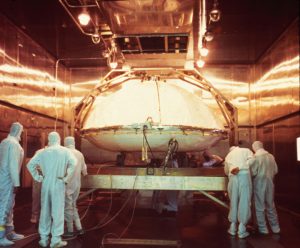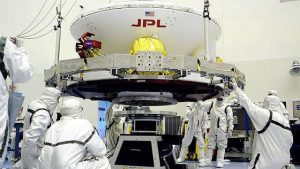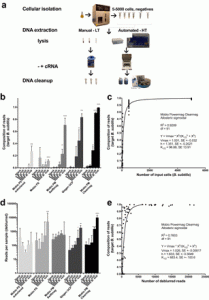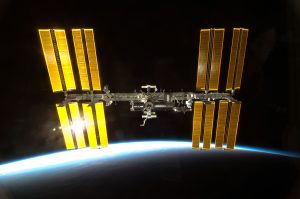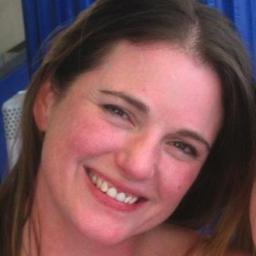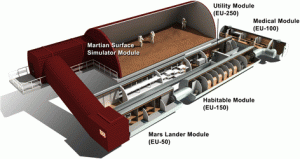Just posting some Tweets here … I really recommend people check out this paper. There is a new paper from @rblauste @ericamhartmann et al. that is a must read on microbes on the space station – see PR here https://t.co/Wi2vIUVTT5 from @NorthwesternU and paper here from @mSystemsJ https://t.co/cpD926urKD 1/n — Jonathan Eisen (@phylogenomics) January 9, …
(This is a guest blog post, written by Madhan Tirumalai and George Fox, authors of the publication) Comparative genomics help identify novel genes of radiation resistant spore producing Bacillus sp. from Spacecraft assembly facilities Madhan R Tirumalai and George E. Fox Department of Biology and Biochemistry, University of Houston, Houston, USA. The …
This is really fascinating: Source: Team discover how microbes survive clean rooms and contaminate spacecraft Hat tip to Elisabeth Bik for posting about this on Twitter So cool: microbes actually feed on the cleaning products. Also cool: undergraduates as authors. Team discover how microbes survive clean rooms and contaminate spacecraft https://t.co/ox4kMawHko — Elisabeth Bik (@MicrobiomDigest) June …
This may be of interest to people out there. Source: KatharoSeq Enables High-Throughput Microbiome Analysis from Low-Biomass Samples | mSystems Abstract: Microbiome analyses of low-biomass samples are challenging because of contamination and inefficiencies, leading many investigators to employ low-throughput methods with minimal controls. We developed a new automated protocol, KatharoSeq (from the Greek katharos [clean]), …
Sometimes when a paper has many authors and drags on for years the resulting manuscript end up with a bit of a stitched together feel. And in this world of post-peer-review-by-socia-media it’s easy to hear about the flaws after the fact. Our recently published “A microbial survey of the International Space Station (ISS)” had some …
So a number of years ago our lab embarked on Project MERCCURI (let’s not talk about the tortured acronym). This complex and citizen science-based collaboration (website here) has been a fascinating journey. It’s ranged from getting to watch a rocket launch in Florida, to discovering/describing a new bacterial species, to our most recent publication… the …
Just a quick post here to say that Dr. Jenna Lang, formally of the Eisen lab at UC Davis, will be on Science Friday tomorrow, 12/8/17 talking about our work examining the microbiome of the International Space Station. She expects to be on at around 12:40pm PST. The publication is here, and we’ve compiled …
Betsy Pugel speaks about tiny houses: planetary protection-focused materials selection for spaceflight hardware surfaces. This was recorded at the MoBE 2017 symposium in Washington D.C. If you’re interested, check out all of the other speakers from MoBE 2017 on our YouTube channel!
Determining if life exists or ever existed beyond Earth is one of the most interesting scientific questions. Reports on numerous habitable planets have increased the speculations about potential extra-terrestrial life. However, these theoretically life-supporting planets are far beyond human’s reach – except Mars. In order to explore if there ever was life on Mars, the …
Human exploration of planet Mars has a long history with number of robotic missions surveying the Martian surface and environment, including the Viking program (1975), the Mars Exploration Rover Mission (2003), the Phoenix lander (2008), and the Mars Science Laboratory (2012). For the future human space exploration, crewed Mars mission is considered as one of …
